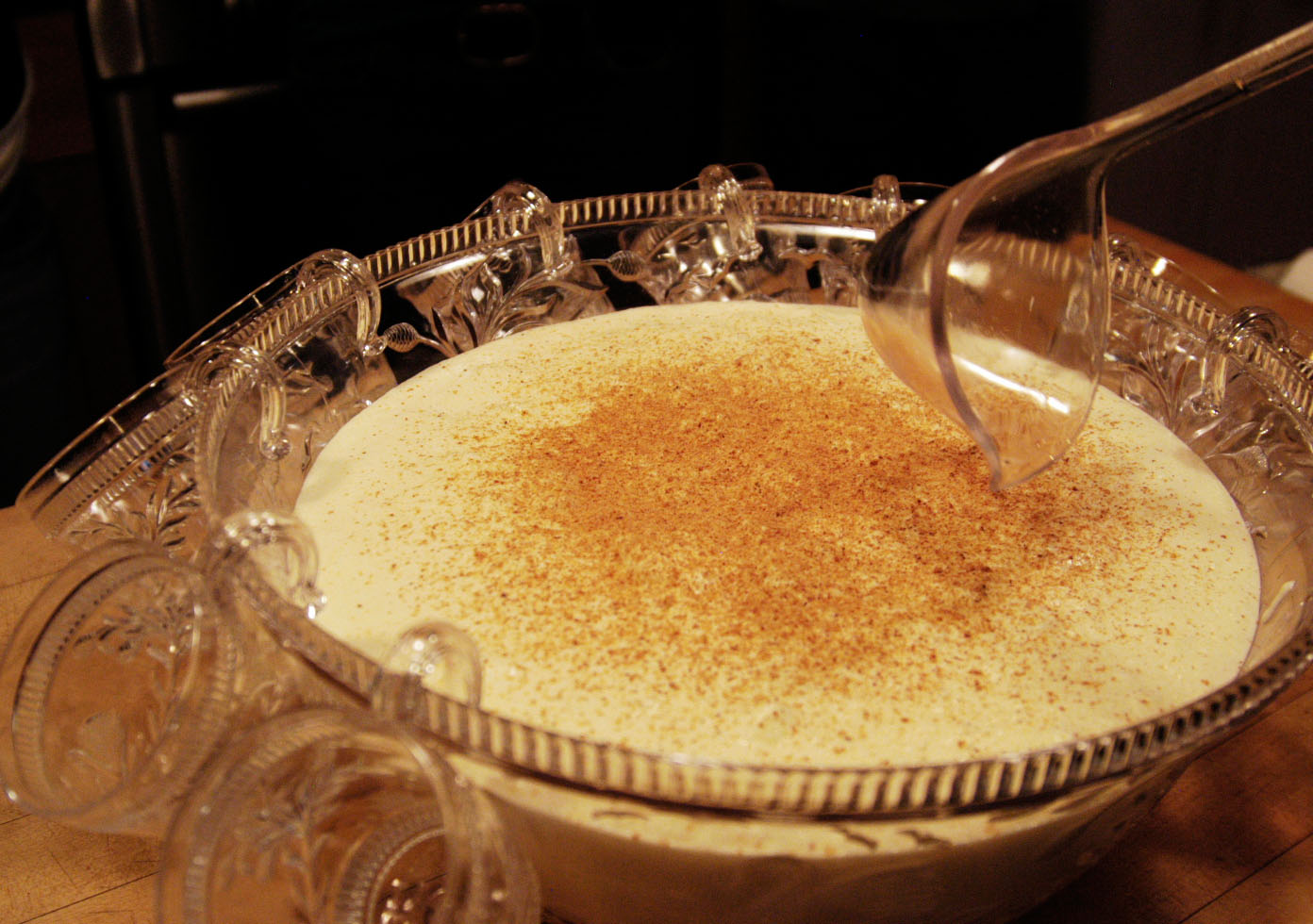Owning a home can be
wonderful, but sometimes the amount of repairs required, big and small, can
begin to feel overwhelming. While there are many household problems that should
be fixed by a professional—think plumbing and electrical work—there are other,
less prominent problems that you can solve on your own!
Problem:
Countertop scuff
Solution:
You’ll need a crayon, a spatula knife, and a microwave-safe bowl
Countertop scuff
Solution:
You’ll need a crayon, a spatula knife, and a microwave-safe bowl
- Pick the Crayon whose color comes closest to matching your countertop. Peel off the paper and place it in the bowl.
- Pop the crayon and bowl in the microwave.
- Pour the hot, melted crayon onto the scuff mark and work it into the indentation with the spatula knife.
- Scrape off the excess with the spatula knife.
Problem:
Loose cabinet hinge
Solution:
You’ll need wooden matches, wood glue, and a hammer
- Remove the cabinet hinge screw.
- Dab wood glue on a match and stick it into the screw holes.
- Tap it in with the hammer.
- Break off the match part that’s sticking out.
- Let the glue dry for about 4 hours.
- Twist the screw back into place. The match piece will create a new solid base for the screw.
Squeaky floor
Solution:
You’ll need talcum powder
- Sprinkle the powder over the squeaky section and sweep it into the cracks.
Stained bathtub
Solution:
You’ll need cream of tartar, baking soda, lemon juice, and a soft cloth
- Combine equal amounts of cream of tartar and baking soda with enough lemon juice to make a paste.
- Rub the mixture into the stain with your fingers or a soft cloth.
- Let sit for a half hour, then rinse well with water.
Problem:
A stripped screw
Solution:
You’ll need a hacksaw
- -Use the hacksaw to cut into the top of the stripped screw to create a new groove for the screwdriver.
Problem:
Drywall hole
Solution:
You’ll need wire screen, a pencil, a joint knife, masking tape, sandpaper, and drywall compound
- Cut the wire screen 2 inches larger than the hole.
- Tie one end of the string to the pencil and thread the other end through the middle of the screen—then bend the screen, and insert it and the pencil into the hole.
- Pull the string until the screen is flat against the hole (the pencil helps push the screen flat against the drywall) and hold it taut while you apply the drywall compound.
- Tape the string to the wall to hold the screen in place as the compound dries.
- Cut the string when dry.
- Sand and smooth compound with joint knife.
Torn window screen
Solution:
You’ll need clear nail polish
- Slather nail polish over the hole in the screen, both inside and outside. Let it dry and no more bugs will sneak in!
Looking for a new home? If you or a friend or relative is looking for a new home, have them contact me. I can help you sell your current home and find the perfect new home. Complete the Client Registration form to receive daily listings by email that match your specific search criteria.















